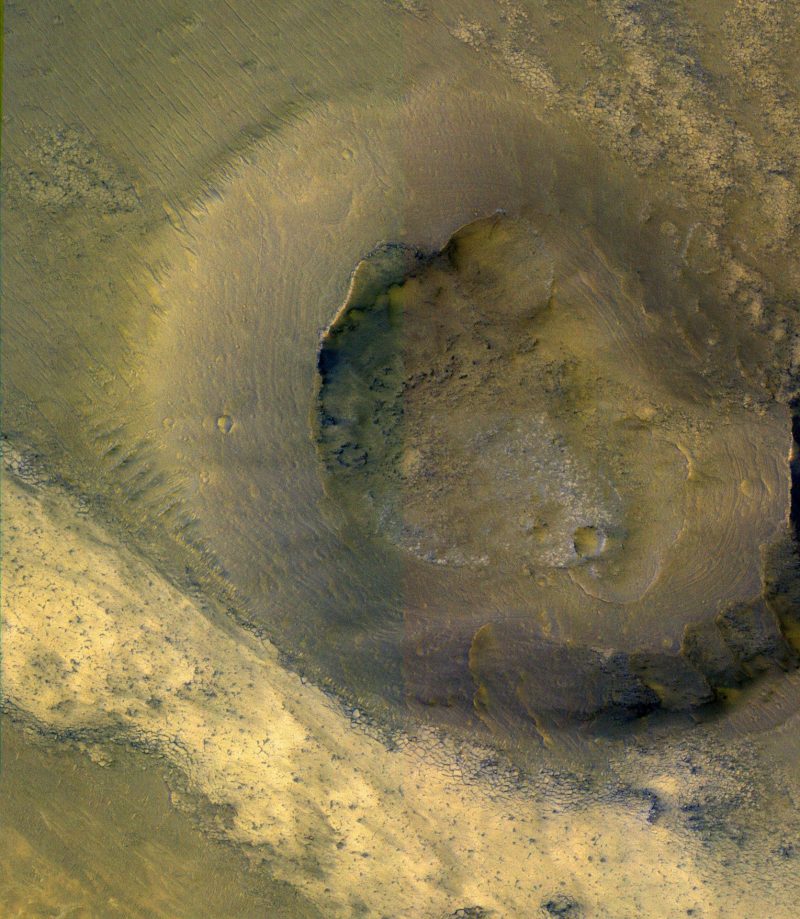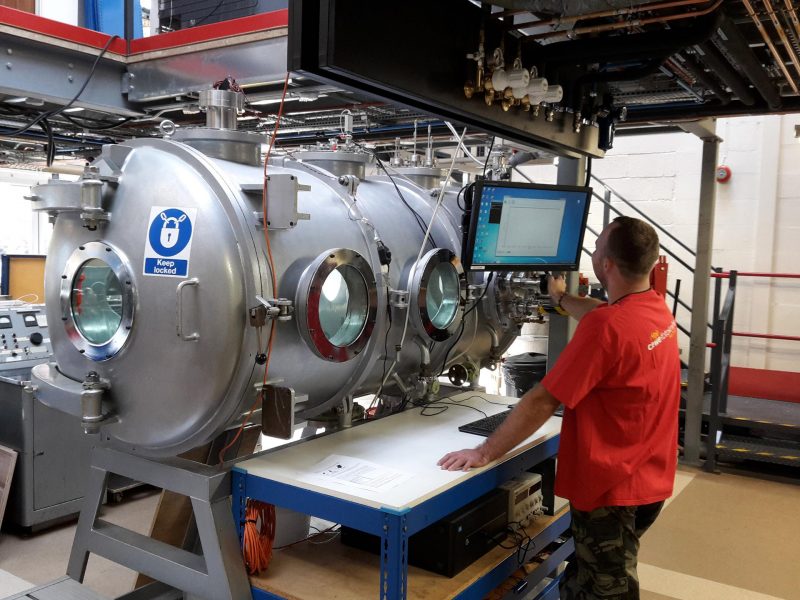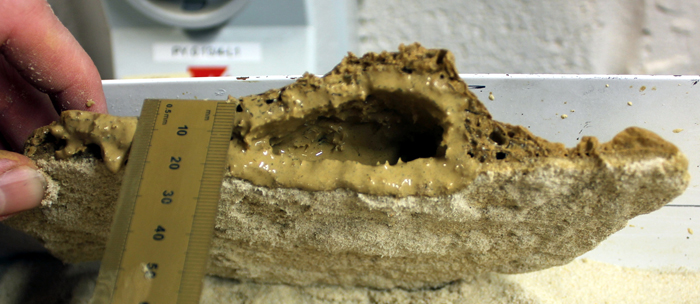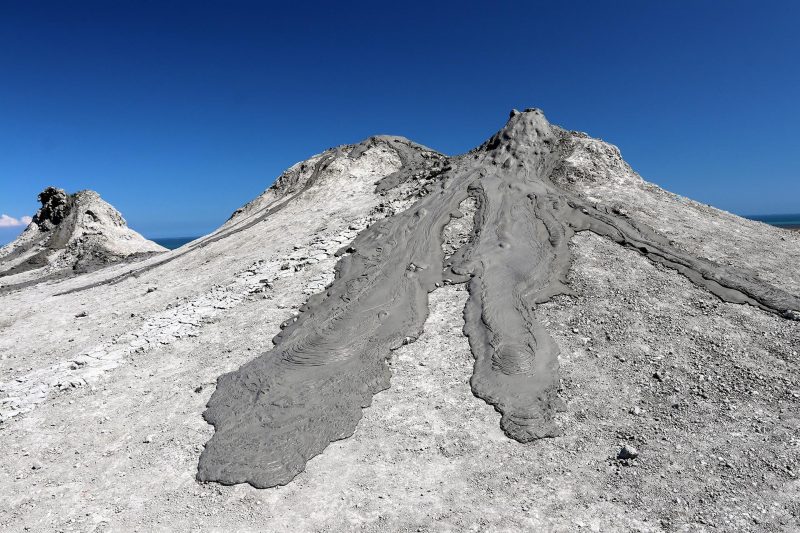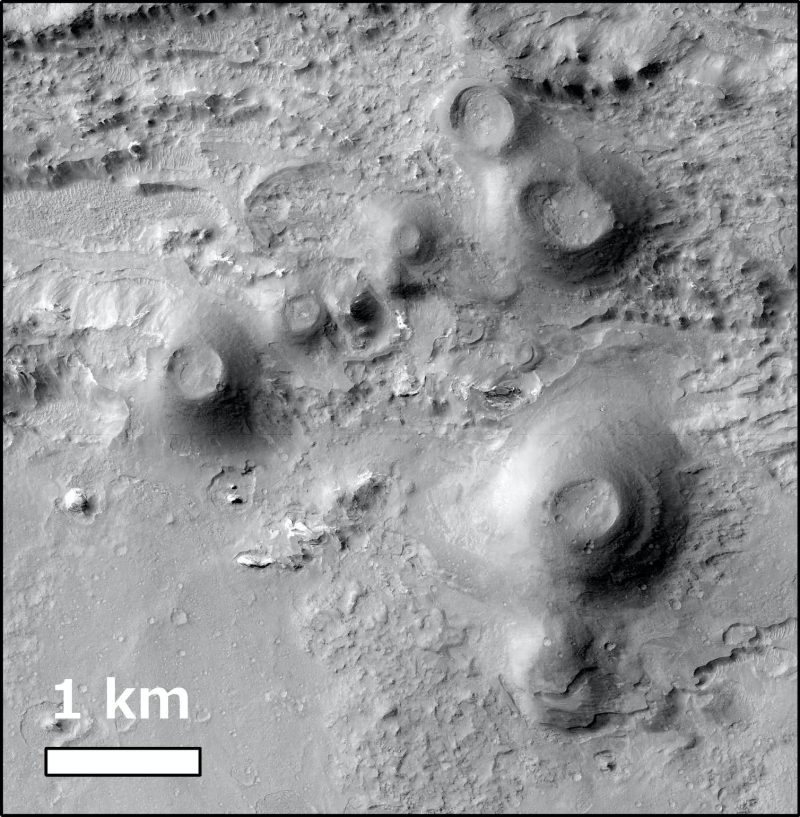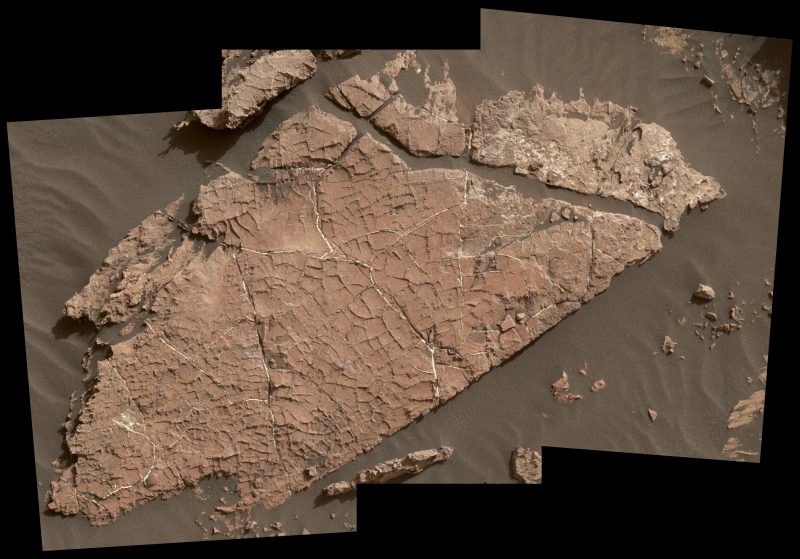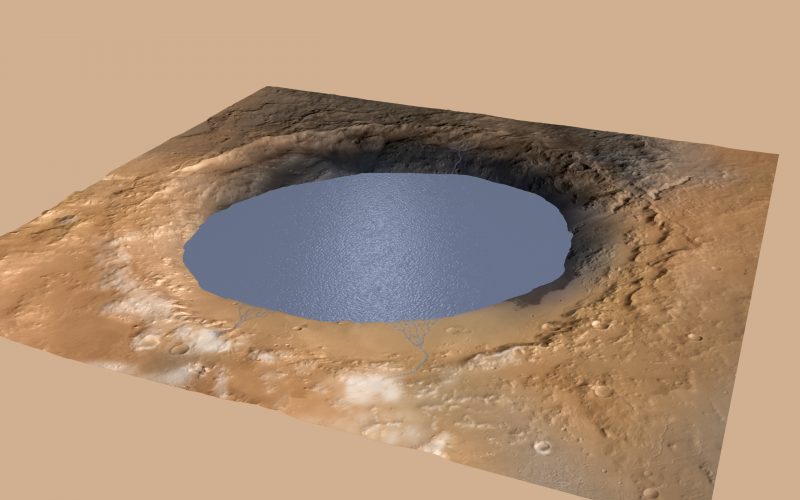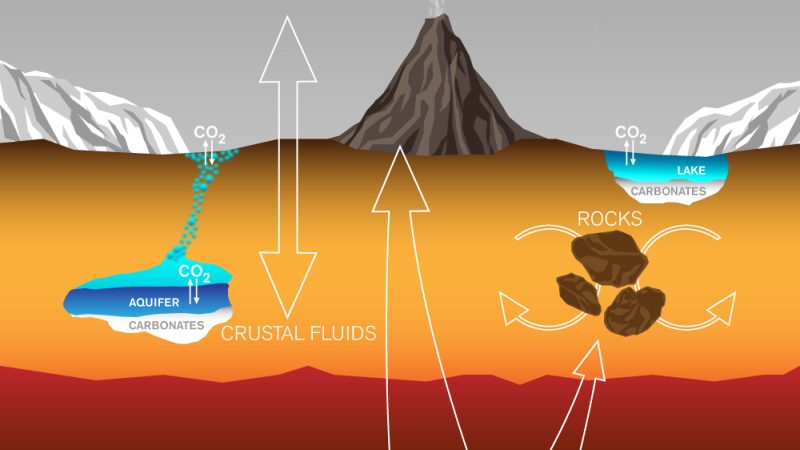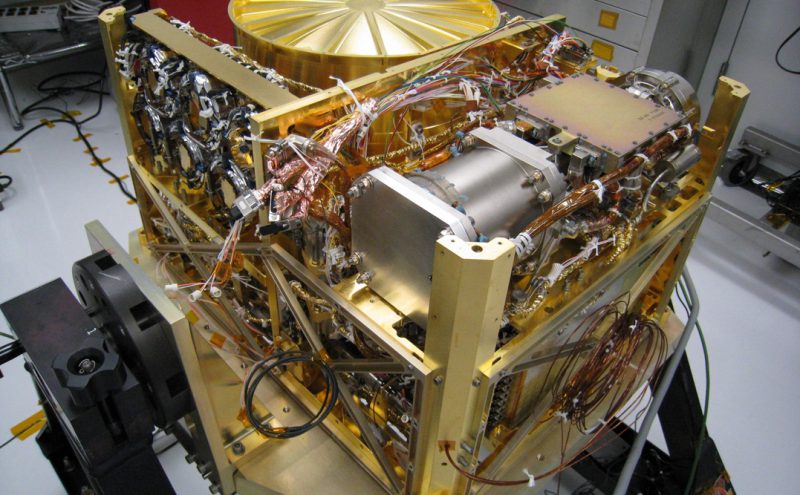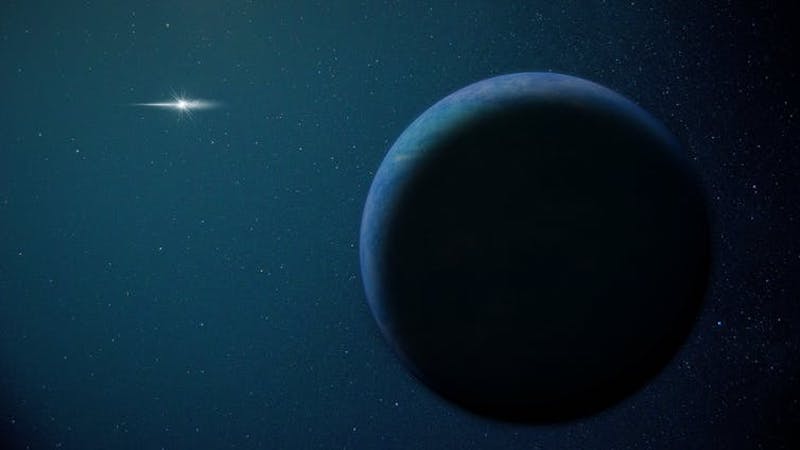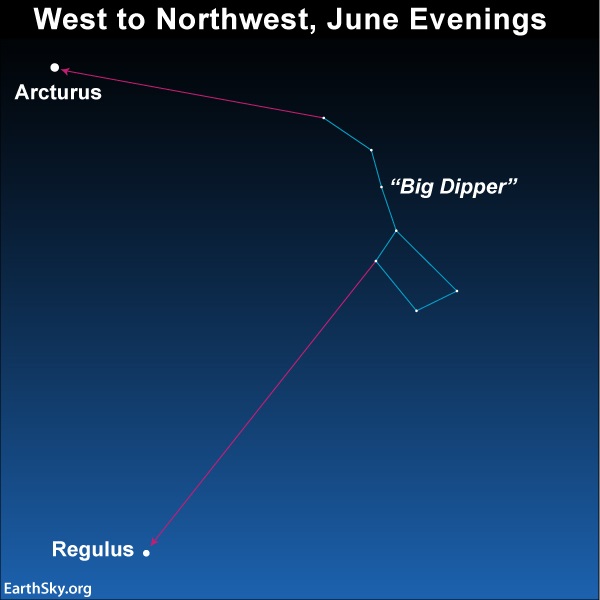We caught up with people living with cancer across the country, to find out how the coronavirus pandemic has been affecting them and their families.
Paul: “I understand the reasons for the delay and I know I’m in a queue, but things feel uncertain”
Paul from Enfield, London was diagnosed with both lung and prostate cancer in 2019.
“I was diagnosed with two cancers at the same time, which I know is very unusual.” Paul, who says he always been pretty active, retired in July 2019 at the age of 66. That’s when investigations for prostate cancer began.
During a CT scan, doctors picked up something on Paul’s lung, which turn out to be cancer.

Paul was diagnosed with both lung and prostate cancer in 2019.
“I was not scared when I thought it was just prostate cancer. When they said it was lung cancer too, I had a sudden realisation of being vulnerable. I was a pretty fit bloke. I was very active and think of myself as a young man!”
Paul had surgery for lung cancer in February and his prognosis is good. “I didn’t need to have any chemotherapy or radiotherapy, I’ll be monitored now for 5 years.”
But his radiotherapy for prostate cancer has been put on hold due to COVID-19.
“I am assured the cancer is curable by hormone treatment and radiotherapy, but the radiotherapy was postponed until September.”
Paul said he was happy with the decision at the time, and he is still having injections to inhibit testosterone. But the delays are starting to worry him.
“I understand the reasons for the delay and I know I’m in a queue, but things feel uncertain. My CT scan for both cancers has been put on hold too. So, I hope there aren’t any problems because of that delay.”
“I am currently shielding but I did sign up to the Walk All Over Cancer fundraiser during March – it was a good challenge and it really helped me.”
Saima: “It’s very worrying to hear of anything that might hold up new treatments”
Saima was diagnosed with stage 4 lung cancer in 2018, when she was 29. For her, the coronavirus outbreak moved up her treatment.
“It has been crazy – as soon as the virus became a pandemic, I had lots of treatment lined up.” Saima’s having ongoing chemotherapy and as the cancer has spread to her brain, she also had a targeted radiotherapy called CyberKnife. “I had four days’ worth of treatment in the first week of lockdown.
Saima had the CyberKnife treatment at St Barts Hospital in London, “I went to Barts and they took my temperature on the way in. It was so efficient. There was no one there for anything routine, only compulsory appointments”
Since then, she’s been told not to leave the house.
“I am lucky to be in Kent. We have a garden and outdoor space”. Despite this, Saima says mental health is going to be a big issue – “there’s so much trauma happening anyway with cancer and it’s going to have such an impact. It’s too much to think about with COVID-19 risks too”.
“I’ve spoken to others in the BAME community and I do think there’s still a way to go when it comes to cancer taboos, and educating people about how they can stay safe.”
A big concern for Saima is also the state of clinical trials, many of which have had to pause recruitment because of the pandemic. “I am stage 4 – to hear of trials being stopped, that is alarming. I need those to keep running to give me hope.
“It’s very worrying to hear of anything which might hold up any new cancer treatments being developed.”
Sophie: “I find it so concerning that this was not a decision I was included in”
Sophie was diagnosed with breast cancer in 2016. She had surgery and treatment, but the cancer came back in 2018.
“It had spread to my liver, lungs and spine. I had chemotherapy which worked well but earlier this year, I had a scan that showed it had progressed to the brain.” Sophie’s treatment was changed because of the COVID-19 pandemic. While she’s been switched to a safer option, Sophie says the treatment has a lower chance of working.
“I was told I could not have the chemo for two reasons – first because they

Sophie was diagnosed with breast cancer in 2016.
said I couldn’t have an IV as there was a risk of getting the virus, and secondly because they wanted to cut down on staff for the COVID wards.” Sophie said she would preferred the treatment with the better prospects, even with the risks.
“My disease is very progressed and I have been given weeks or months if the chemo doesn’t work. I find it so concerning that this treatment change wasn’t a decision I was included in. Lots of people might die as a result of the impact of COVID-19 on people’s care.”
“My husband and I have just had a baby through surrogacy too – I have so much to look forward to.”
Mary: “I was so stressed I wouldn’t get the treatment I needed”
Mary describes her diagnosis as a “bolt out of the blue”. She was sent for some tests in December 2019, after experiencing heavy periods for the last couple of years. In January, she was set to the Princess of Wales hospital for an appointment, where the doctor told her she had womb cancer.
“My head was spinning after I heard the word cancer. It was a complete shock.” Mary had been at work that morning and had left her car at the office as she was expecting to be dropped back there after the appointment. “I have not been back.”
Despite the initial shock, Mary says the NHS have been brilliant. “I had a radical hysterectomy on the 4th February, which was luckily before any talk of lockdown – I am thankful that happened when it did.”
The operation went well and Mary was in hospital for 3 nights. A few weeks

Mary was diagnosed with womb cancer in 2019.
later, she was told she would need radiotherapy because she had a satellite tumour on her cervix, which she requested to at Velindre Cancer Centre in Cardiff to be nearer family.
“I went for my planning CT scan the morning that lockdown was announced. I was so stressed that I wouldn’t be able to get the treatment that I needed.” Mary says despite her concerns, the team at the Velindre have been marvellous. “They said they were going to keep going and I started my treatment on the 7th April.”
A big concern for Mary was travel, but the staff put her at ease. The routine was for her husband Gwyn to drive her in, and they would park the car, ring reception and wait until the team were ready before she went in. She had her temperature taken every day and no visitors were allowed. “It was so professional, and the drive in was much quicker because the roads were so quiet – in fact I felt guilty going in one day as I heard on the radio about people having treatment disrupted and that was not my experience.”
After four weeks of external beam radiotherapy and one week of brachytherapy, during which Mary says, “all dignity went out the window”, her treatment finished on the 14th May. “The staff were amazing throughout.”
Mary’s experiencing side effects from the radiotherapy, but overall she’s feeling positive. “I am now looking forward with the support of my family and friends – my eldest was doing her mock A-levels at the time of my diagnosis and is hoping to go to university in September.”
She’s waiting for follow-up appointments now – which might end up being a phone call. “I’m waiting for a letter about that and a CT scan too.”
Katie
Read more coronavirus reports:
Thanks to Paul, Saima, Sophie and Mary for sharing their experiences with our Media Volunteer Liaison team.
If you would like to share your story with us, please visit our website. And you can tell us how COVID-19 is impacting your life with cancer through our survey.
If you have questions about cancer, you can talk to our nurses Monday to Friday, 9-5pm, on freephone 0808 800 4040.

from Cancer Research UK – Science blog https://ift.tt/3ddphkR

We caught up with people living with cancer across the country, to find out how the coronavirus pandemic has been affecting them and their families.
Paul: “I understand the reasons for the delay and I know I’m in a queue, but things feel uncertain”
Paul from Enfield, London was diagnosed with both lung and prostate cancer in 2019.
“I was diagnosed with two cancers at the same time, which I know is very unusual.” Paul, who says he always been pretty active, retired in July 2019 at the age of 66. That’s when investigations for prostate cancer began.
During a CT scan, doctors picked up something on Paul’s lung, which turn out to be cancer.

Paul was diagnosed with both lung and prostate cancer in 2019.
“I was not scared when I thought it was just prostate cancer. When they said it was lung cancer too, I had a sudden realisation of being vulnerable. I was a pretty fit bloke. I was very active and think of myself as a young man!”
Paul had surgery for lung cancer in February and his prognosis is good. “I didn’t need to have any chemotherapy or radiotherapy, I’ll be monitored now for 5 years.”
But his radiotherapy for prostate cancer has been put on hold due to COVID-19.
“I am assured the cancer is curable by hormone treatment and radiotherapy, but the radiotherapy was postponed until September.”
Paul said he was happy with the decision at the time, and he is still having injections to inhibit testosterone. But the delays are starting to worry him.
“I understand the reasons for the delay and I know I’m in a queue, but things feel uncertain. My CT scan for both cancers has been put on hold too. So, I hope there aren’t any problems because of that delay.”
“I am currently shielding but I did sign up to the Walk All Over Cancer fundraiser during March – it was a good challenge and it really helped me.”
Saima: “It’s very worrying to hear of anything that might hold up new treatments”
Saima was diagnosed with stage 4 lung cancer in 2018, when she was 29. For her, the coronavirus outbreak moved up her treatment.
“It has been crazy – as soon as the virus became a pandemic, I had lots of treatment lined up.” Saima’s having ongoing chemotherapy and as the cancer has spread to her brain, she also had a targeted radiotherapy called CyberKnife. “I had four days’ worth of treatment in the first week of lockdown.
Saima had the CyberKnife treatment at St Barts Hospital in London, “I went to Barts and they took my temperature on the way in. It was so efficient. There was no one there for anything routine, only compulsory appointments”
Since then, she’s been told not to leave the house.
“I am lucky to be in Kent. We have a garden and outdoor space”. Despite this, Saima says mental health is going to be a big issue – “there’s so much trauma happening anyway with cancer and it’s going to have such an impact. It’s too much to think about with COVID-19 risks too”.
“I’ve spoken to others in the BAME community and I do think there’s still a way to go when it comes to cancer taboos, and educating people about how they can stay safe.”
A big concern for Saima is also the state of clinical trials, many of which have had to pause recruitment because of the pandemic. “I am stage 4 – to hear of trials being stopped, that is alarming. I need those to keep running to give me hope.
“It’s very worrying to hear of anything which might hold up any new cancer treatments being developed.”
Sophie: “I find it so concerning that this was not a decision I was included in”
Sophie was diagnosed with breast cancer in 2016. She had surgery and treatment, but the cancer came back in 2018.
“It had spread to my liver, lungs and spine. I had chemotherapy which worked well but earlier this year, I had a scan that showed it had progressed to the brain.” Sophie’s treatment was changed because of the COVID-19 pandemic. While she’s been switched to a safer option, Sophie says the treatment has a lower chance of working.
“I was told I could not have the chemo for two reasons – first because they

Sophie was diagnosed with breast cancer in 2016.
said I couldn’t have an IV as there was a risk of getting the virus, and secondly because they wanted to cut down on staff for the COVID wards.” Sophie said she would preferred the treatment with the better prospects, even with the risks.
“My disease is very progressed and I have been given weeks or months if the chemo doesn’t work. I find it so concerning that this treatment change wasn’t a decision I was included in. Lots of people might die as a result of the impact of COVID-19 on people’s care.”
“My husband and I have just had a baby through surrogacy too – I have so much to look forward to.”
Mary: “I was so stressed I wouldn’t get the treatment I needed”
Mary describes her diagnosis as a “bolt out of the blue”. She was sent for some tests in December 2019, after experiencing heavy periods for the last couple of years. In January, she was set to the Princess of Wales hospital for an appointment, where the doctor told her she had womb cancer.
“My head was spinning after I heard the word cancer. It was a complete shock.” Mary had been at work that morning and had left her car at the office as she was expecting to be dropped back there after the appointment. “I have not been back.”
Despite the initial shock, Mary says the NHS have been brilliant. “I had a radical hysterectomy on the 4th February, which was luckily before any talk of lockdown – I am thankful that happened when it did.”
The operation went well and Mary was in hospital for 3 nights. A few weeks

Mary was diagnosed with womb cancer in 2019.
later, she was told she would need radiotherapy because she had a satellite tumour on her cervix, which she requested to at Velindre Cancer Centre in Cardiff to be nearer family.
“I went for my planning CT scan the morning that lockdown was announced. I was so stressed that I wouldn’t be able to get the treatment that I needed.” Mary says despite her concerns, the team at the Velindre have been marvellous. “They said they were going to keep going and I started my treatment on the 7th April.”
A big concern for Mary was travel, but the staff put her at ease. The routine was for her husband Gwyn to drive her in, and they would park the car, ring reception and wait until the team were ready before she went in. She had her temperature taken every day and no visitors were allowed. “It was so professional, and the drive in was much quicker because the roads were so quiet – in fact I felt guilty going in one day as I heard on the radio about people having treatment disrupted and that was not my experience.”
After four weeks of external beam radiotherapy and one week of brachytherapy, during which Mary says, “all dignity went out the window”, her treatment finished on the 14th May. “The staff were amazing throughout.”
Mary’s experiencing side effects from the radiotherapy, but overall she’s feeling positive. “I am now looking forward with the support of my family and friends – my eldest was doing her mock A-levels at the time of my diagnosis and is hoping to go to university in September.”
She’s waiting for follow-up appointments now – which might end up being a phone call. “I’m waiting for a letter about that and a CT scan too.”
Katie
Read more coronavirus reports:
Thanks to Paul, Saima, Sophie and Mary for sharing their experiences with our Media Volunteer Liaison team.
If you would like to share your story with us, please visit our website. And you can tell us how COVID-19 is impacting your life with cancer through our survey.
If you have questions about cancer, you can talk to our nurses Monday to Friday, 9-5pm, on freephone 0808 800 4040.

from Cancer Research UK – Science blog https://ift.tt/3ddphkR




